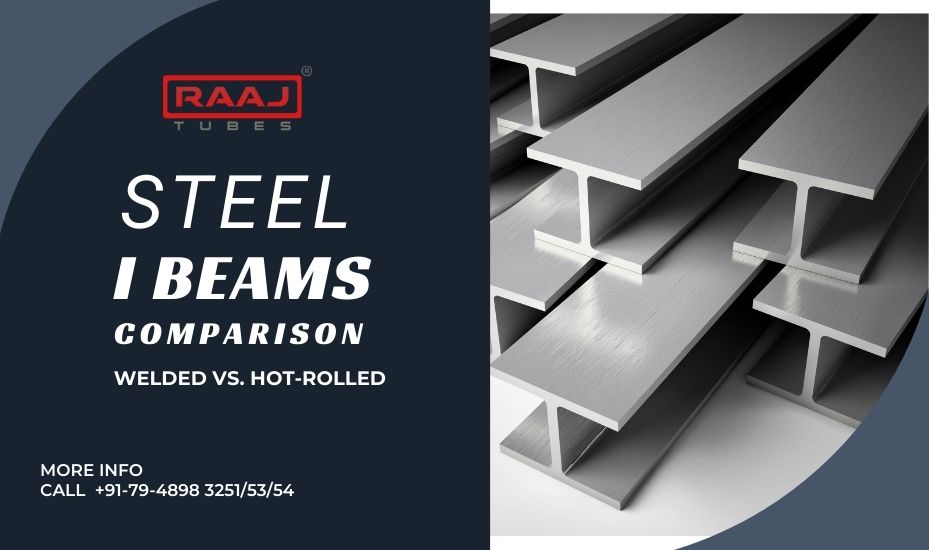Comparing Welded vs. Hot-Rolled Steel I Beams
Steel I beams are a fundamental component in construction and manufacturing, providing the structural support for various buildings and infrastructure. In this detailed comparison, we’ll explore the characteristics, applications, and differences between welded and hot-rolled beams, offering insights into their unique advantages and suitability for different projects.
Hot-Rolled Steel I Beams: The Traditional Choice
Hot-rolled steel I beams are manufactured through a process where steel is heated until molten and then rolled into the desired shape. This method produces beams with a uniform grain structure, making them strong and reliable. They are typically used in large-scale construction projects such as skyscrapers, bridges, and commercial buildings due to their ability to support heavy loads and withstand external forces.
Advantages of Hot-Rolled Steel I Beams:
- Uniformity: The hot-rolling process ensures consistent shape and dimensions.
- Strength: Excellent load-bearing capacity suitable for structural applications.
- Durability: Resistance to wear and tear, ideal for long-term use.
Welded Steel I Beams: Customization and Complexity
Welded steel I beams are created by fusing together steel plates or sections using high-intensity welding. This method allows for greater flexibility in terms of shapes and sizes, accommodating complex and custom designs. Welded beams are often found in structures that require specific architectural features or in situations where standard hot-rolled beams are not suitable.
Advantages of Welded Steel I Beams:
- Customizability: Can be tailored to meet unique design requirements.
- Complexity: Suitable for intricate structures with specific load-bearing needs.
- Precision: High level of accuracy in dimensions and design.
Raaj Tubes: Commitment to Quality
Raaj Tubes, based in Ahmedabad, is known for providing high-quality stainless steel I beams that cater to a variety of construction needs. Their products are recognized for their strength and versatility, contributing to the integrity of structures they support.
H Beam vs. I Beam: Complementary Strengths
While discussing I beams, it’s important to mention H beams, which are often used in conjunction with I beams. H beams have flanges that are thicker in the middle and are commonly used where greater weight support is needed across longer spans.
Choosing the Right Beam:
Selecting between welded and hot-rolled steel I beams depends on the specific requirements of your project. Consider factors such as load-bearing capacity, design complexity, and environmental conditions when making your choice.
Conclusion: Building the Future
Understanding the differences between welded and hot-rolled steel I beams is crucial for architects, engineers, and construction professionals. Each type of beam offers distinct benefits and is suited for particular applications. As the industry evolves, the choice between these beams will continue to influence the design and functionality of the structures we rely on every day.
Raaj Tubes remains a reliable supplier of steel, ready to provide the materials necessary for building the foundations of tomorrow’s architecture. With a focus on quality and excellence, they play a vital role in the construction industry, ensuring that the steel used is not just a material but the very framework of our civilization.
